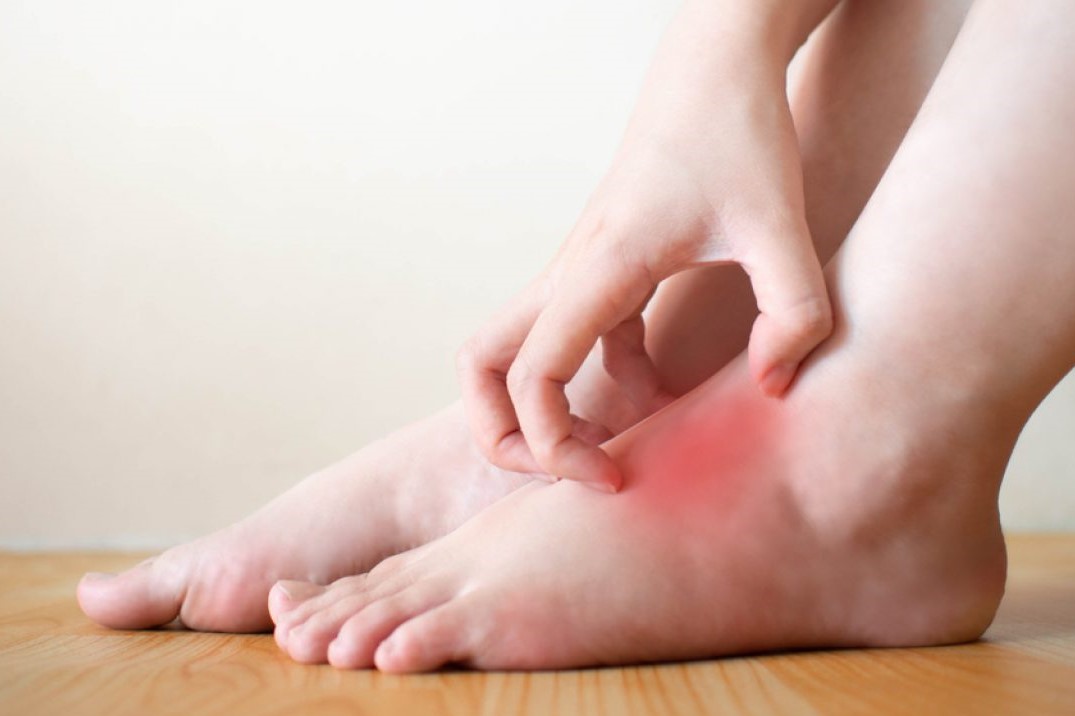
Diabetic microangiopathy: what it is and how to treat it
Diabetic microangiopathy is an important complication that affects the small vessels of various organs and can occur, in the long term, in individuals with diabetes mellitus with suboptimal control
Retinopathy is the best known aspect of diabetic microangiopathy and is a major problem
According to some data, after about 20 years of disease, a high percentage of patients with type I (insulin-dependent) diabetes mellitus and a number of those with type II (non-insulin-dependent) diabetes mellitus have some degree of retinopathy, making diabetes mellitus one of the leading causes of visual impairment and legal blindness in Western society.
In fact, approximately 4% of patients with diabetes occurring before the age of 30 (type I) are legally blind and in 90% of these, blindness is attributable to diabetic retinopathy.
Similarly, approximately 2% of patients with diabetes mellitus occurring after the age of 30 (type II) are legally blind and, in 1/3 of these cases, blindness is also attributable to diabetic retinopathy.
It is also estimated that diabetic retinopathy is the most frequent cause of new cases of blindness in adults aged between 20 and 75 years.
The prevalence of retinopathy is closely correlated with the duration of diabetes and with the degree of metabolic compensation.
Of course, with the intensive therapies available today, the risk could be significantly reduced.
For the reasons described above, observation of the ocular fundus is an essential moment in the examination of the patient with diabetes mellitus.
The study of the microcirculation can be completed with the morphological study of the conjunctival district and the nail plate.
Some instruments for studying the microcirculation are performed by means of
- direct and indirect ophthalmoscopy;
- retinography;
- standard fluorescence angiography (fluorangiography);
- videoangiography;
- capillaroscopy;
Indirect binocular ophthalmoscopy is a technique that allows 100 per cent of the retinal surface to be explored and to identify areas that need further evaluation.
Indirect ophthalmoscopy allows good visualisation of the fundus, although there are the disadvantages of low magnification and an inverted image.
Using the direct ophthalmoscope, the image appears straight and magnified, which is convenient for the observer, but the observable field is reduced compared to that obtained with the previous technique and the periphery of the retina is poorly explored.
Adding fundus colour photography or retinography to ophthalmoscopy is useful clinically and for screening as it provides a permanent record of the retinopathy observed at ophthalmoscopy;
- it is therefore essential when making comparisons of fundus conditions over time and discussing the effects of treatment.
- Retinography is performed using the retinograph.
For the visualisation of the retinal capillaries, a retinograph (fluorangiograph) is used and through the use of a digitising camera the images are digitised, which are stored in real time in the PMCI card inserted in the body of the digitising camera connected to the retinograph.
Subsequently, the selected images are transferred to the hard disk of a dedicated PC for processing.
Digitisation is of great importance as it allows the images to be processed in such a way that the smallest changes in the capillary network can be highlighted with great clarity.
It is also of great advantage in cases where retinopathy requires documentation in a very short time for LASER treatment.
Modern data transfer techniques (modems, networks, etc.), then, make it possible to observe the angiogram in different locations, from the one where the examination was performed, in real time.
Sequential fluorescence angiography, or fluoroangiography, is performed by intravenous injection of a dye – sodium fluorescein.
This is a more sophisticated photographic technique than the previous one that has the advantage of precisely highlighting morphological and functional changes in the retinal capillary network in the early stages of retinopathy.
Diabetic microangiopathy: the study of microcirculation finally makes use of videoangiography
This technique is used for the observation of capillary blood flow characteristics.
The angiographic images are taken with a CCD camera and recorded on professional magnetic media to be reviewed, digitised and processed at any time.
The analysis procedure makes it possible to quantify the capillary circulation, to determine the speed of circulation within the vessels and to measure the flow volume in individual capillaries.
In some laboratories, there is the possibility of completing the morphological study of the microcirculation in the conjunctival district and in the nail plate by means of capillaroscopy; in this case, too, the documentation can make use of the digitisation of the images described for retinography.
Read Also:
Emergency Live Even More…Live: Download The New Free App Of Your Newspaper For IOS And Android
Diabetes: Doing Sport Helps Blood Glucose Control
Type 2 Diabetes: New Drugs For A Personalised Treatment Approach
The Diabetic Diet: 3 False Myths To Dispel
Paediatrics, Diabetic Ketoacidosis: A Recent PECARN Study Sheds New Light On The Condition
Orthopaedics: What Is Hammer Toe?
Hollow Foot: What It Is And How To Recognise It
Occupational (And Non-Occupational) Diseases: Shock Waves For The Treatment Of Plantar Fasciitis
Flat Feet In Children: How To Recognise Them And What To Do About It
Swollen Feet, A Trivial Symptom? No, And Here’s What Serious Diseases They May Be Associated With
Varicose Veins: What Are Elastic Compression Stockings For?
Diabetes Mellitus: Symptoms, Causes And Significance Of The Diabetic Foot
Diabetic Foot: Symptoms, Treatment And Prevention


